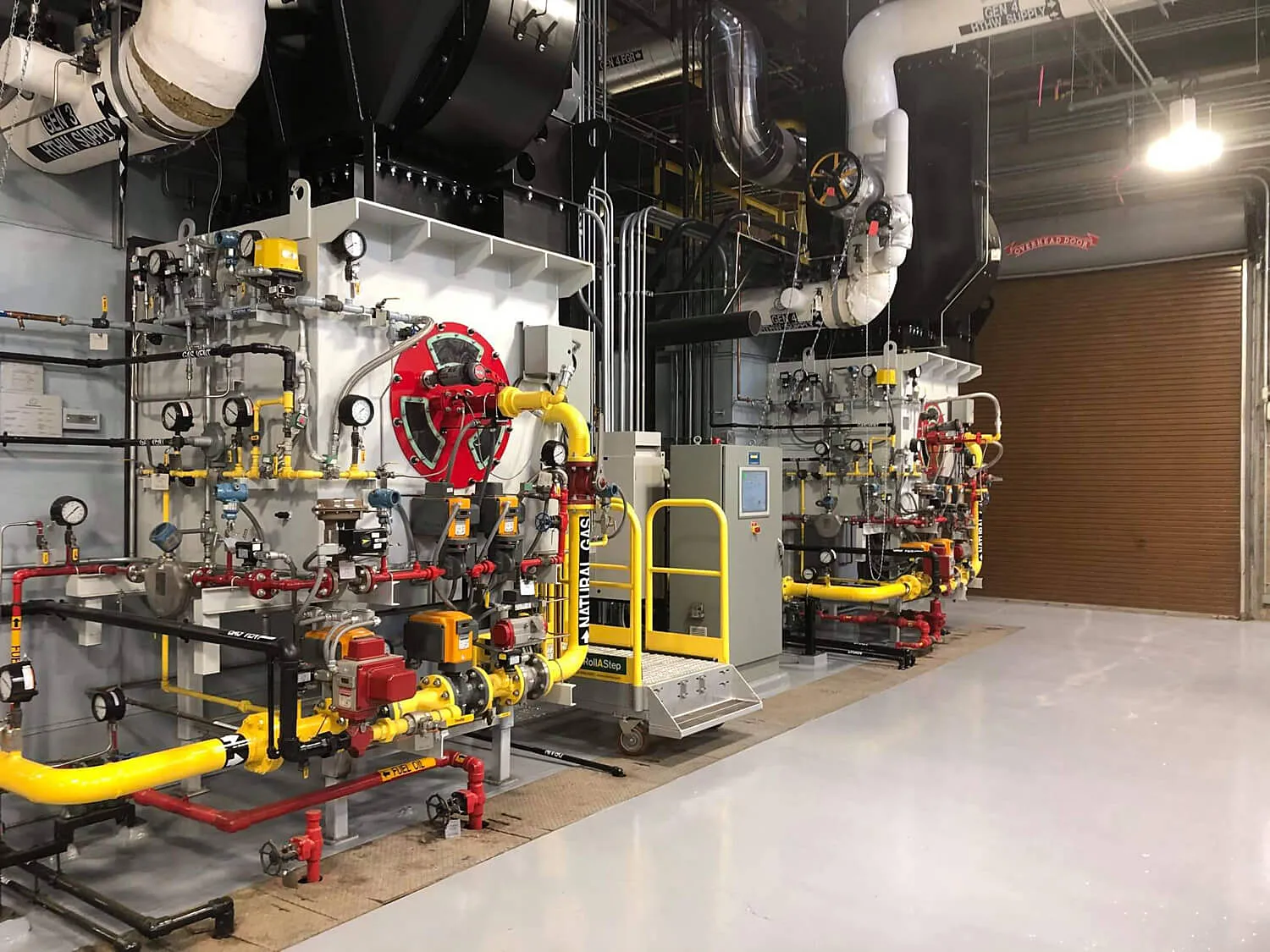What is Powder Coating?
Powder coating is a very popular industrial coating for metals, plastics, and even some wood products. The ability to create a durable and decorative finish in a limitless range of colors and textures makes powder coating a great solution for industrial top coatings.
Top Benefits of Powder Coating Metal:
- Environmentally Friendly – Meets strict compliance regulations with minimal raw materials waste. No VOCs (Volatile Organic Compounds) emitted.
- Endless Color Options – By the way the solution is made it is possible to pick any color.
- Maximum Protection – Strong and durable finish that provides protection against chipping and scratching.
- Longevity – The coating can last decades even in harsher environments.
An ingredient mixture of curatives, leveling agents, flow modifiers, pigments and a few other items combined to create a powder coating polymer system. The additives are mixed and melted, cooled, and made into a powder that has the similar look and feel of powdered sugar. A spray gun is used to create an electrostatic charge that allows the powder particles to attract to the prepped base material such as a metal substrate.
After the spraying process, the powder coated component is placed in a curing oven which allows the coating to chemically adhere. The heat from the oven helps the sprayed coating to create molecular changes which provide a shell that is long lasting. The finish can be done as a satin, gloss or matte look.

Often overlooked, overspray reuse is an additional benefit to powder coating. The application method allows for the collection of overspray that does not adhere to the sprayed components. This eliminates a lot of waste compared to liquid coating systems such as painting or staining.
Once the powder coating is applied there is regular maintenance that needs to be performed to keep it clean and less susceptible to penetration. Once penetrated the corrosion resistance is compromised and moisture and humidity can reach the underlying layer of metal. Powder coating is porous and can easily damage under extreme force. If the regular maintenance is not performed the coating protection can fail in a relatively short period of time. Extra care needs to be given during installation of powder coated components. If damage occurs fixes need to happen immediately.
How to Maintain Powder Coated Surfaces:
- Avoid Harsh Solvents and Cleaners – Certain chemicals in commercial cleaning products can cause damage to the coating. Think of it like the paint on your car – you wouldn’t want to use cleaners with abrasive or harsh chemicals on your new Corvette.
- Clean with Mild Soap and Distilled or Filtered Water – If the water has high amounts of chlorine, iron, sulfur, or fluoride it could cause staining and weakening of the coating.
- Use a Top Layer of Wax or Ceramic – When finishing your coating, like a car, use a wax or ceramic layer to add further protection against harsh elements and temperatures.
- Use Your Eyes and Inspect Often – The best way to maintain is to stay ahead of potentially larger issues. If you see a scratch, chip, or start of rust, look to repair as soon as you can before it gets worse.
What is Galvanizing?
Similar to powder coating, galvanizing is the process of applying an extra layer of protection. However, galvanizing is the process of adding a layer of zinc as a coating. The zinc coating gives metal objects tough protection against rust and corrosion.
The most common method to achieve galvanization is hot-dipping, in which parts are submerged in a bath of molten zinc. First, the base metal is thoroughly cleaned and then the base metal is fluxed to remove any remaining oxides. The metal is then dipped into the heated zinc.

Top Benefits of Galvanizing Metal:
- Less Maintenance Required – Self-maintaining, thicker, and maintenance costs are lower.
- Long Life – Can last and protect for over 50 years on steel.
- Lower Costs – Lower initial cost than a lot of other commonly specified coatings for steel.
- Quick Application – A full protective coating can be applied in minutes.
Find out more about galvanization here: https://www.erectastep.com/what-is-galvanizing/
Which is Better?
Powder coating is often seen as the favorite for most common industrial applications. When it comes to rough environments such as lumber yards, foundries, shipping docks, or very high or very low-temperature atmospheres, the favored process is galvanizing. Powder coating, while taking longer to apply, has more flexibility in finish and color. Both provide protective finishes to metal components, but the powder coating is easier to scratch, dent, or crack under forceful impacts with sharp or jagged objects.
Powder Coating vs Galvanizing Comparison
| POWDER COATING | GALVANIZING | |
|---|---|---|
| Requires Thorough Cleaning Before Coating | ✅ | ✅ |
| Environmentally Friendly | ✅ | ✅ |
| Reusable Raw Material | ✅ | ✅ |
| Very High and Very Low-Temperature Resistant | ✅ | |
| Endless Color Options | ✅ | |
| Can be Used on Plastics | ✅ | |
| Low Maintenance Once Applied | ✅ |







